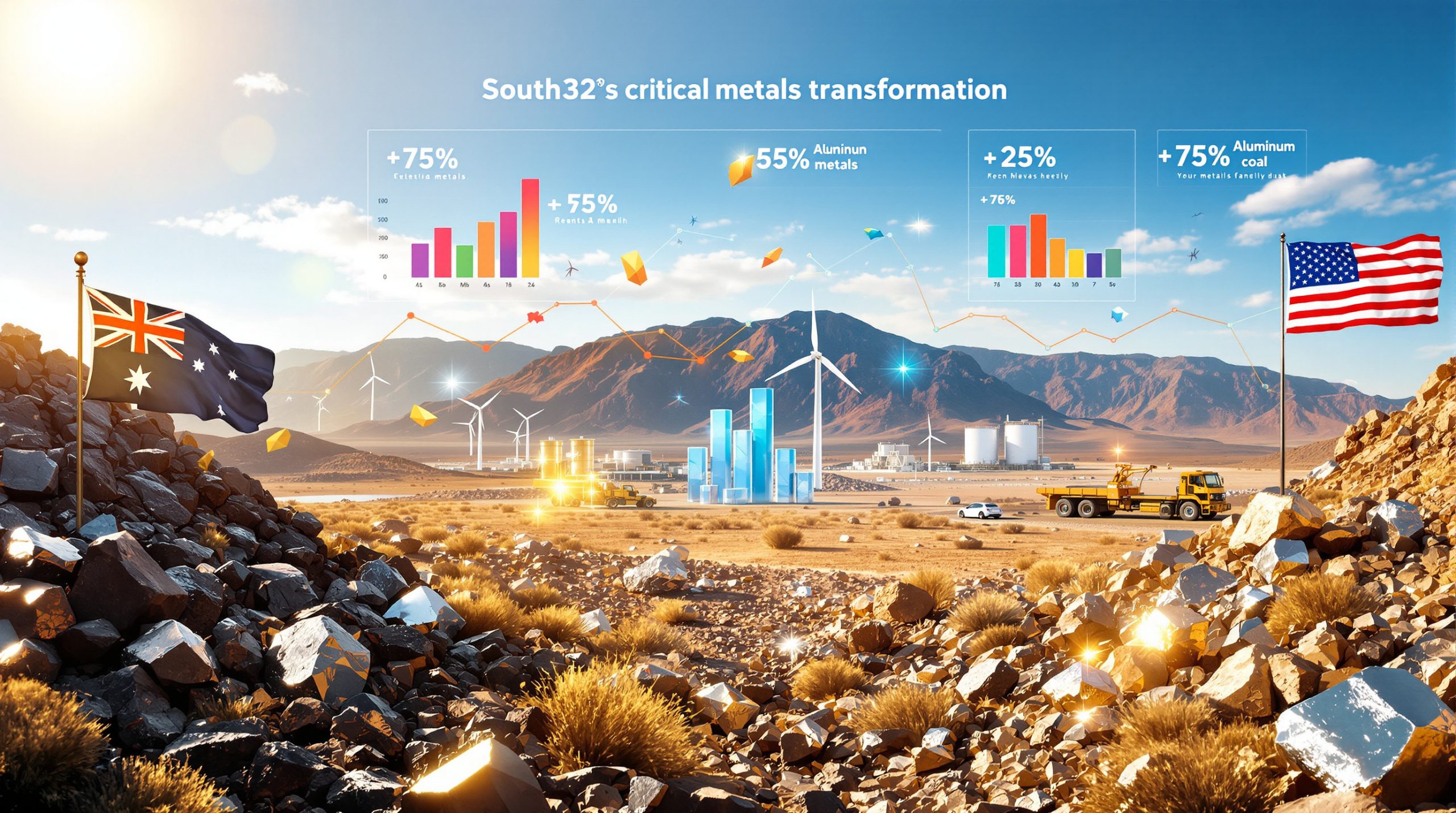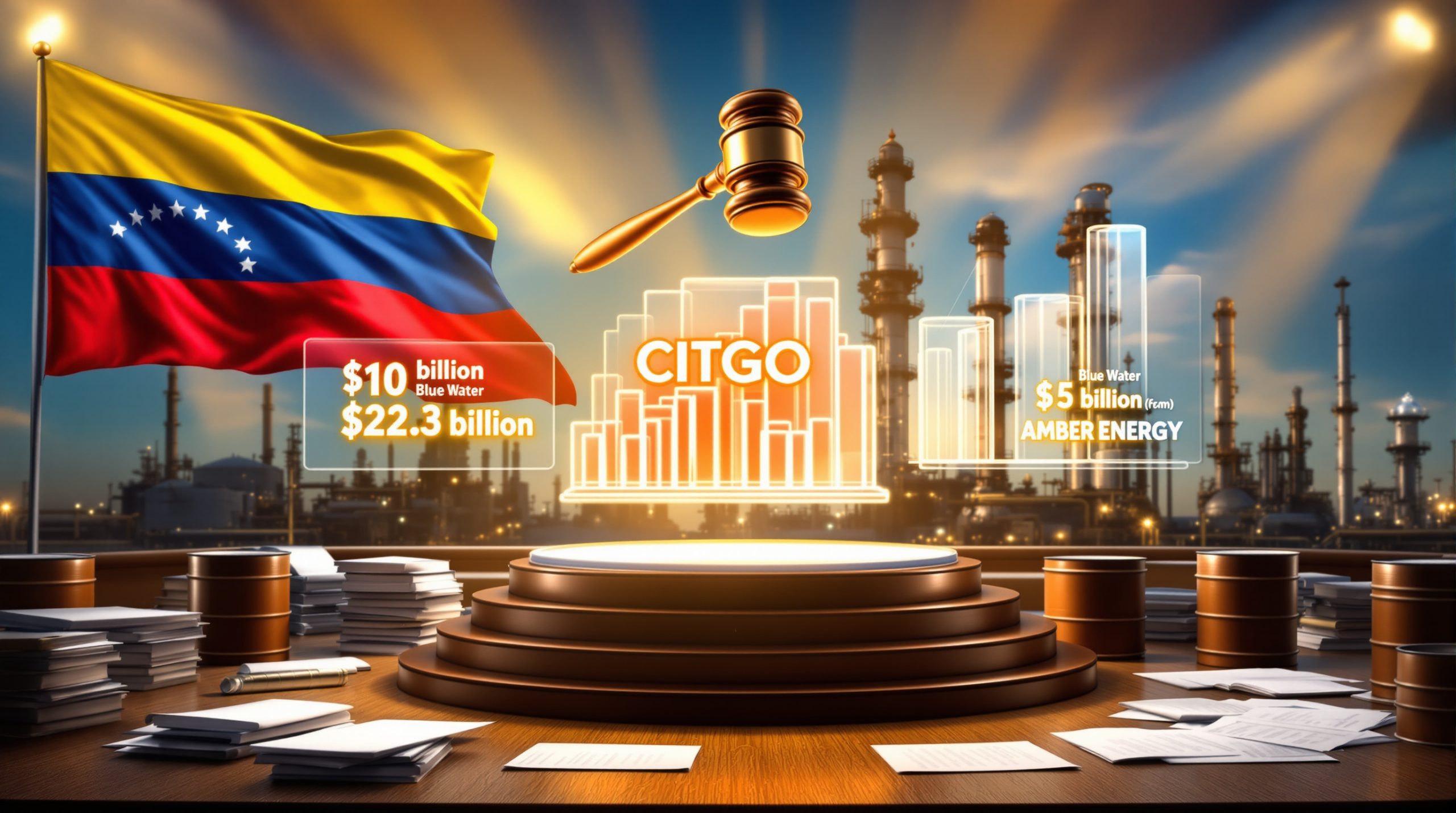Understanding Silver's Unique Market Position
Silver stands at a fascinating crossroads in today's investment landscape, serving both as an industrial workhorse and a monetary safe haven. This dual nature creates a dynamic market environment where multiple forces simultaneously influence price movements and investment potential.
The Dual Nature of Silver
Silver's position as both an industrial metal and monetary asset creates a unique investment proposition in the current bull cycle. Unlike gold, which primarily serves as a store of value, silver's industrial applications account for approximately 60% of annual demand, creating a solid demand floor regardless of investment sentiment.
The gold‐silver ratio analysis currently sits at 88:1, significantly higher than the historical average of 65:1. This divergence from historical norms often precedes periods of silver outperformance, as the ratio tends to revert toward its mean during precious metals bull markets.
"Seasoned investors know that when these ratio extremes occur, silver moves can be explosive and silver equities can absolutely outperform their gold counterparts." — Michael Konnert, CEO of Vizsla Silver
Silver's correlation between industrial demand growth and monetary anxiety creates unique price dynamics. When economic uncertainties rise alongside industrial expansion, silver frequently experiences stronger percentage gains than gold due to its smaller market size and dual demand drivers.
Current Price Movement and Market Indicators
As silver approaches the psychologically important $40 per ounce threshold, technical analysts note several bullish indicators. The metal has established a series of higher lows since 2020, while maintaining its position above key moving averages.
What makes today's silver market particularly compelling for investors is the substantial margin environment. With typical all-in sustaining costs (AISC) around $20 per ounce, silver miners are enjoying margins approaching 100% at current prices. These margins provide both operational flexibility and significant cash flow generation potential.
The technical setup for silver appears increasingly favorable. Breaking through the $30 resistance level has eliminated a major psychological barrier, opening the path toward the next significant resistance around $50. This price action, combined with the elevated gold-silver ratio, suggests silver may be positioned for relative outperformance in the precious metals sector.
What's Driving the Current Silver Bull Market?
The convergence of multiple demand factors has created what many analysts consider a perfect storm for silver prices. Unlike previous bull markets driven primarily by investment demand, today's silver market dynamics and growth strategies in current bull cycle benefit from diversified demand sources that provide both short and long-term price support.
Industrial Demand Catalysts
Silver's irreplaceable role in multiple growth industries has established a solid foundation for sustained demand:
- Renewable Energy: Solar panel manufacturing requires approximately 3 grams of silver per panel, with global installations expected to increase 25% annually through 2030
- Electronics: Silver's unmatched electrical conductivity makes it essential in smartphones, tablets, and other consumer electronics
- Electric Vehicles: Each EV contains between 30-50 grams of silver, significantly more than conventional vehicles
- 5G Infrastructure: Next-generation telecommunications networks require silver-based components for optimal signal transmission
This industrial demand operates largely independent of silver's investment appeal, creating a consistent demand profile even during periods of weak investment interest.
The silver supply deficits provide structural support for prices. Only 30% of global silver production comes from primary silver mines, with the remaining 70% produced as a byproduct of copper, zinc, and lead mining. This limits producers' ability to quickly increase output in response to higher prices, as production decisions are driven primarily by base metal economics.
Monetary and Investment Factors
Beyond industrial applications, silver's monetary characteristics have attracted significant investment interest in the current economic environment:
- Inflation Hedging: Silver's historical performance during inflationary periods has positioned it as a portfolio diversification tool
- Central Bank Policies: Accommodative monetary policies have increased concerns about currency debasement
- Institutional Participation: After years of limited involvement, U.S.-based investment funds have returned to the silver market in 2025
"Our investors right now are probably a bit more focused on cash flow and then the growth inside that cash flow. Ultimately, precious metal funds are investing more in silver, moving from gold into silver," explains Dan Dickson, CEO of Endeavour Silver.
The combination of industrial and monetary demand creates a powerful dynamic. During periods when both factors align positively, silver typically experiences its strongest price appreciation, as witnessed in previous bull markets culminating in the 1980 and 2011 price peaks.
How Are Silver Mining Companies Responding to Market Opportunities?
Silver producers are strategically positioning themselves to capitalize on favorable market conditions while maintaining financial discipline. The sector's response demonstrates both ambition and prudence after learning hard lessons from previous boom-bust cycles.
Production Expansion Strategies
Mid-tier producers are scaling operations significantly to meet projected demand growth. Companies like Endeavour Silver have outlined plans to increase production from 8 million to 20 million silver equivalent ounces annually by 2026, representing a 150% expansion.
Development timelines are accelerating, particularly in favorable jurisdictions with established mining codes:
- Mexico: Average 8.5-year timeline from discovery to production, compared to 12+ years in many other jurisdictions
- Peru: Secondary jurisdiction gaining importance with streamlined permitting processes
- Existing Infrastructure: Companies focusing on brownfield expansion where power, water, and transportation infrastructure already exists
"We're really well-funded… with construction starting by mid-next year," notes Michael Konnert of Vizsla Silver, highlighting the company's accelerated development approach. The strategy involves test mining before full-scale development, minimizing capital risk while validating geological models.
Emerging producers are advancing toward first production with impressive timelines. Vizsla Silver, for example, is targeting approximately 20 million ounces of annual production from its Panuco project in Mexico's Sinaloa state, moving from exploration to production in less than seven years.
Capital Allocation and Financial Management
Despite ambitious growth plans, silver companies have maintained conservative debt approaches. Many producers are prioritizing balance sheet strength over rapid expansion, having witnessed the consequences of overleveraging during previous commodity downturns.
"We focus on staying as little on debt as possible," explains Dan Dickson, reflecting the industry's emphasis on financial stability alongside growth objectives.
Strategic hedging has emerged as a sophisticated financial management tool. Some producers hedge a portion of their gold production while maintaining full exposure to silver prices, allowing them to secure baseline revenue while preserving upside potential in the metal they believe has greater appreciation potential.
The sector has experienced significant improvement in capital access during 2025, with several companies completing substantial equity financings:
- Vizsla Silver: Raised approximately $100 million, establishing a $200 million cash position
- Endeavour Silver: Successfully financed Terronera development through a combination of cash flow and strategic financing
These cash preservation strategies balance growth ambitions with financial stability, demonstrating the industry's maturation since previous cycles.
Where Are the Most Promising Silver Mining Jurisdictions?
Geographical concentration remains a defining characteristic of the silver mining industry, with a limited number of jurisdictions hosting economically viable deposits. This concentration creates both opportunities and challenges for companies and investors.
Mexico's Dominant Position
Mexico maintains its position as the world's largest silver producer, with established mining districts that have operated for centuries. The country's geological endowment includes multiple world-class silver deposits characterized by high grades and substantial scale.
The permitting environment has improved under President Claudia Sheinbaum's administration, with more predictable timelines and transparent processes. This improvement has reduced a significant risk factor that previously complicated development projects.
"I think Claudia Sheinbaum, the President of Mexico, has done a very good job… and negotiating with the United States and trying to stay calm and do that," notes Dan Dickson, highlighting the improved bilateral relations that support the mining sector.
Mexico's established mining infrastructure provides significant advantages:
- Year-round drilling access: Unlike many Northern jurisdictions with seasonal limitations
- Existing power grid and transportation infrastructure: Reducing capital requirements
- Skilled local workforce: Mining traditions spanning generations
- Proximity to North American markets: Reduced logistics costs and supply chain complexity
The country's average 8.5-year timeline from discovery to production remains substantially shorter than global averages, allowing companies to respond more quickly to favorable market conditions.
Emerging Secondary Jurisdictions
Peru has grown in importance as a diversification option for silver producers seeking to mitigate geographical concentration risk. The country hosts significant silver deposits, often in polymetallic settings that produce silver alongside copper, zinc, and lead.
"We went into Peru… that acquisition has gone extremely well," explains Dan Dickson regarding Endeavour's Minera Kolpa acquisition, which added Peruvian production to the company's portfolio.
The limited alternative jurisdictions with economic silver deposits create strategic challenges for producers. While countries like Argentina, Bolivia, and Chile host silver resources, regulatory uncertainty and higher development costs have limited their attractiveness compared to Mexico and Peru.
Jurisdictional risk management through geographic diversification has become a priority for larger producers, though the options remain constrained by geological realities. This limitation contributes to the scarcity value of established operations in stable mining regions.
What Consolidation Trends Are Reshaping the Silver Mining Sector?
The silver mining landscape has transformed dramatically through consolidation, creating both challenges and opportunities for investors seeking exposure to the metal's price movements.
Acquisition Activity and Market Implications
Major Mexican silver producers have been systematically acquired by larger companies in recent years:
- Silvercrest Metals: Acquired by a major gold producer
- MAG Silver: Purchased by Pan American Silver
- Gatos Silver: Consolidated into a larger mining company
This acquisition trend has significantly reduced the number of quality silver investment vehicles available to investors. "There's really just Pan American, Hecla, Endeavour, First Majestic, and us [Vizsla]," notes Michael Konnert, highlighting the limited options remaining for investors seeking primary silver exposure.
A scarcity premium is developing for remaining independent producers as investment capital increasingly concentrates in the diminished pool of available companies. This dynamic potentially supports higher valuations for quality assets that remain accessible to public market investors.
The reduced number of primary silver producers creates investment scarcity that may persist throughout the current bull market. With limited new discoveries entering the development pipeline, this consolidation trend appears likely to continue.
Strategic Positioning in a Consolidating Market
Companies with scale advantages are gaining prominence in the consolidated landscape. Producers capable of delivering meaningful production volumes (10+ million ounces annually) attract disproportionate investor interest due to their liquidity and market relevance.
Asset quality has become the predominant factor in acquisition targeting. High-grade, long-life operations in stable jurisdictions command significant premiums, reflecting their scarcity and strategic value.
"Mexico has the best high-quality silver deposits in the world, and there's really only one or two places to go to get that silver exposure." — Michael Konnert
Balance sheet strength increasingly determines acquisition capability, with well-capitalized producers positioned to continue consolidation. Companies maintaining conservative financial policies during the current bull market may emerge as aggregators in future market cycles.
Development-stage companies with advanced projects represent potential acquisition targets, particularly those with clear paths to production and substantial resource upside. This dynamic creates strategic considerations for investors evaluating junior silver companies.
Key Investment Considerations in Silver Mining Companies
Evaluating silver mining investments requires understanding multiple factors beyond simple exposure to silver prices. The sector's unique characteristics create specific criteria that differentiate potential winners from underperformers.
Operational Metrics and Performance Indicators
Production costs relative to current silver prices provide the foundation for investment analysis. Companies with all-in sustaining costs (AISC) significantly below prevailing prices offer greater margin protection during potential price volatility.
The growth pipeline and expansion capabilities determine medium-term production profiles. Investors should evaluate:
- Resource to Reserve Conversion: Efficiency in converting resources to reserves
- Exploration Upside: Potential for resource expansion through continued exploration
- Permitting Status: Progress through regulatory approval processes
- Capital Requirements: Funding needs relative to current financial position
Jurisdictional diversification provides risk management against country-specific disruptions. While Mexico remains the premier silver jurisdiction, companies with assets across multiple countries may offer more stable production profiles.
Balance sheet strength and financing flexibility have proven crucial during previous market cycles. Companies with conservative debt levels and strong cash positions can better navigate potential silver market crash impact while advancing growth initiatives.
Management Experience and Technical Expertise
Track record in mine development and operations remains perhaps the most reliable predictor of future success. Management teams that have successfully built and operated mines through complete market cycles typically outperform industry averages.
"We brought in Simon Smirlik as our COO, who's built 45 mines… it's critical to have teams that have built mines before," emphasizes Michael Konnert, highlighting the importance of experienced leadership.
The ability to navigate permitting and regulatory environments efficiently creates significant competitive advantages. Companies with established relationships with regulatory authorities and demonstrated compliance histories typically experience fewer delays.
Capital allocation discipline and shareholder returns distinguish the sector's most respected management teams. Balancing growth investments with appropriate shareholder distributions demonstrates aligned interests and financial discipline.
Technical team depth addressing industry workforce challenges has emerged as a critical differentiator. With experienced mining professionals in increasingly short supply, companies capable of attracting and retaining top talent maintain operational advantages.
Case Studies: Growth Strategies in Action
Examining specific company approaches provides valuable insights into how successful silver miners navigate the current market environment. Two distinct models demonstrate alternative paths to value creation.
Mid-Tier Producer Expansion Model
Endeavour Silver exemplifies the mid-tier expansion approach, scaling from 8 million to 20 million silver equivalent ounces annually through a combination of organic growth and strategic acquisitions:
- Terronera Project (Mexico): Flagship development project entering production in 2025-2026
- Minera Kolpa Acquisition (Peru): Strategic entry into secondary jurisdiction
- Exploration Pipeline: Continued resource expansion at existing operations
The company has achieved jurisdictional diversification while maintaining its core Mexican operational base. This balanced approach mitigates country-specific risks while leveraging established expertise.
Endeavour balances production growth with financial discipline, maintaining minimal debt while funding expansion primarily through operating cash flow and selective equity issuances. This conservative financial approach has positioned the company to withstand potential market volatility while pursuing growth objectives.
Developer-to-Producer Transition Strategy
Vizsla Silver represents the developer-to-producer model, advancing from exploration to anticipated production on an accelerated timeline:
- Panuco Project: High-grade silver discovery moving toward development decision
- Test Mining Approach: De-risking through smaller-scale operations before full development
- Infrastructure Advantage: Utilizing existing mills and infrastructure to minimize capital requirements
The company has leveraged existing infrastructure to minimize capital requirements, including potential toll milling arrangements that reduce initial development costs while accelerating cash flow generation.
Vizsla's test mining operations preceding full-scale development provide technical validation while generating early cash flow. This staged approach reduces execution risk while providing valuable operational experience.
With a $200 million treasury position following successful financings, the company has established a strong financial foundation supporting construction without dilution. This financial strength provides flexibility regarding development timing and scale.
Future Outlook for the Silver Market
The convergence of supply constraints and multifaceted demand growth creates a compelling forward outlook for the silver market. Understanding the key factors likely to influence price discovery provides context for investment decisions.
Supply-Demand Fundamentals
Primary silver mines representing only 30% of global production creates structural limitations on supply growth. Even with significantly higher prices, the majority of silver production cannot quickly respond as it remains dependent on base metal mining economics.
Limited supply responsiveness to price increases contrasts with gold, where higher prices can stimulate relatively rapid production growth. This inelastic supply creates potential for market deficits during periods of strong demand.
Growing industrial applications have established a solid demand base independent of investment sentiment. Unlike previous cycles where investment demand dominated, today's silver market dynamics and growth strategies in current bull cycle benefit from diverse consumption sources that provide price support even during weak investment periods.
Potential supply shortages may emerge during periods of demand growth, particularly if renewable energy adoption accelerates as projected. The silver intensity of solar panels, electric vehicles, and 5G infrastructure creates substantial demand that cannot easily be substituted with alternative materials.
Price Projection Factors
Historical gold-silver ratio reversion potential suggests silver prices could outperform gold if the ratio moves toward its long-term average. A reversion to the 65:1 historical average would imply significant silver price appreciation relative to gold.
Industrial demand growth trajectory appears firmly established, with multiple sectors increasing silver consumption simultaneously:
- Solar Energy: Projected 25% annual installation growth through 2030
- Electric Vehicles: Anticipated 15-20% annual production increase
- Electronics: Continued miniaturization requiring silver's conductive properties
- Medical Applications: Expanding use of silver's antimicrobial properties
Monetary uncertainty and investment demand have resurged in 2025, with institutional investors returning to the sector after a multi-year absence. This investment component typically amplifies price movements during bull markets.
Production cost inflation impacting mining economics has established a higher floor price for silver. Labor, energy, and material cost increases have raised the average all-in sustaining cost, supporting higher equilibrium prices even during market corrections.
FAQs About Silver Market Investment
What is driving the current silver bull market?
The current silver bull market is driven by a powerful combination of industrial demand growth and monetary uncertainty. Unlike previous cycles dominated by investment demand, today's market benefits from substantial industrial consumption through renewable energy, electronics, and automotive applications.
Supply constraints from limited primary silver production (only 30% of global supply) create structural support for prices. While gold production can respond relatively quickly to higher prices, silver
Want to Invest in the Next Major Mineral Discovery?
Discovery Alert's proprietary Discovery IQ model instantly notifies investors of significant ASX mineral discoveries, translating complex data into actionable insights for both short-term traders and long-term investors. Explore how historic discoveries have generated substantial returns by visiting Discovery Alert's dedicated discoveries page and begin your 30-day free trial today to position yourself ahead of the market.




